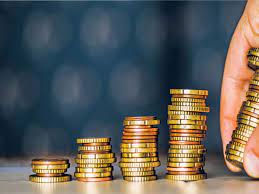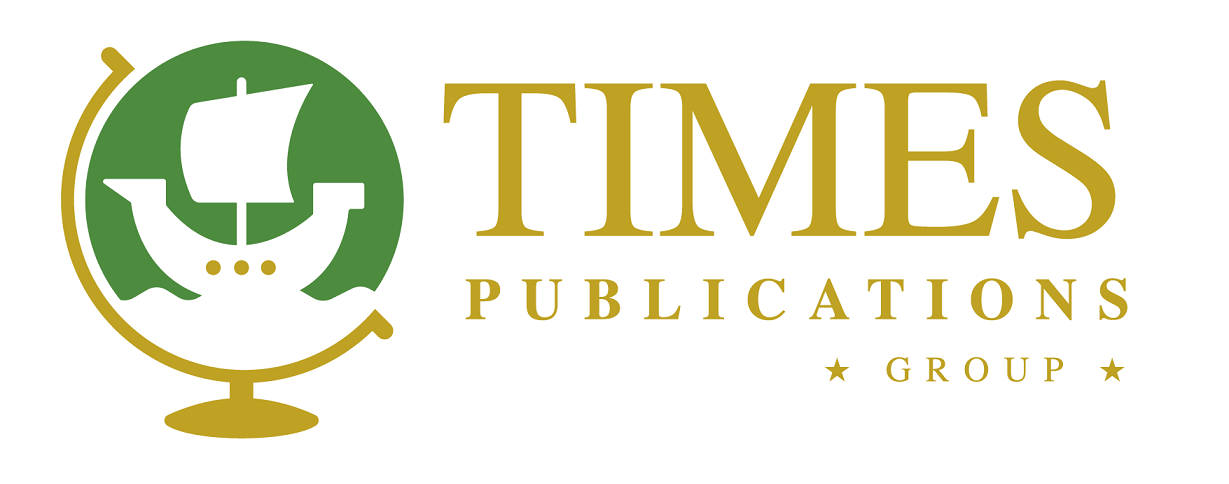
The economy is the system that determines how goods and services are produced, distributed, and consumed within a society. It’s a vast network made up of individuals, businesses, and governments, all interacting in different ways to fulfill the needs and wants of people. When we talk about “the economy,” we’re essentially referring to the flow of money, resources, and labor that keeps a society functioning.
Key Components of the Economy
- Supply and Demand
At the heart of any economy is the relationship between supply and demand. Supply refers to the amount of goods and services available, while demand refers to how much consumers want those goods and services. Prices are influenced by this balance: when demand is high and supply is low, prices tend to rise, and vice versa. - Production
Production is the process of creating goods or providing services. In a well-functioning economy, businesses (producers) aim to meet the demands of consumers efficiently. This involves using labor, capital, and natural resources to create products that people need or want, such as food, clothing, technology, and entertainment. - Consumption
Consumers are the individuals or groups that buy and use goods and services. The decisions made by consumers—what to buy, how much to spend—directly affect production and prices in the economy. Healthy consumption levels signal a strong economy, while a drop in consumption can indicate economic trouble. - Labor
Labor is the human effort used in the production of goods and services. It includes everything from factory workers to doctors, and from teachers to engineers. A key aspect of a thriving economy is the availability of jobs, as well as the level of wages paid to workers. - Capital
Capital refers to the tools, machinery, buildings, and money used in production. It’s essential for businesses to invest in capital to grow, innovate, and improve efficiency. In many economies, access to capital is facilitated by financial institutions like banks that provide loans or investments.
Types of Economies
There are several types of economic systems around the world, each with different ways of organizing production, consumption, and the distribution of wealth:
- Market Economy
In a market economy, decisions are largely driven by supply and demand. Businesses and consumers freely interact in markets, with little government intervention. The United States is an example of a largely market-based economy, where competition and consumer choice determine what is produced and at what price. - Command Economy
In a command economy, the government controls all aspects of production and distribution. The state decides what goods and services are produced, how they are distributed, and sets prices. Historically, countries like the Soviet Union operated under command economies. - Mixed Economy
Most modern economies, including those of Canada, the UK, and France, are mixed economies—a blend of market-driven principles with some level of government regulation and intervention. Governments in mixed economies may provide services like healthcare and education, while still allowing markets to operate freely in other sectors.
Economic Indicators
To understand how well an economy is doing, economists and policymakers rely on several key indicators:
- Gross Domestic Product (GDP)
GDP measures the total value of all goods and services produced in a country over a specific period. A growing GDP indicates economic expansion, while a shrinking GDP can signal a recession. - Inflation
Inflation is the rate at which the general level of prices for goods and services rises, eroding purchasing power. Moderate inflation is a sign of a healthy economy, but high inflation can harm consumers by making everything more expensive. - Unemployment Rate
The unemployment rate measures the percentage of people actively looking for a job but unable to find one. A low unemployment rate is a sign of a strong economy, while high unemployment indicates economic distress. - Interest Rates
Interest rates are set by central banks (like the Federal Reserve in the U.S.) and influence the cost of borrowing money. Low interest rates encourage spending and investment, while high rates can slow down economic activity to curb inflation.
Challenges in the Global Economy
Today’s economy is highly interconnected, with events in one country often impacting the economies of others. Some of the key challenges facing the global economy include:
- Globalization
While globalization has led to increased trade and investment across borders, it has also created disparities in wealth and job opportunities. Many countries face competition from cheaper labor markets, leading to job losses in some industries. - Climate Change
Environmental challenges pose significant risks to economic stability. As nations adapt to climate change, industries will need to transform, creating both challenges and opportunities for innovation and investment in green technologies. - Income Inequality
In many parts of the world, the gap between rich and poor is widening. Income inequality can lead to social unrest and limit economic growth by reducing access to education, healthcare, and other essential services for lower-income groups.
Conclusion
Understanding the economy helps individuals make informed decisions, whether it’s choosing a career, saving money, or voting on economic policies. A healthy economy fosters innovation, creates jobs, and ensures that resources are used efficiently to improve the quality of life for all. However, economies are also complex and constantly evolving, impacted by technological advances, government decisions, and global trends. Staying informed is key to navigating the challenges and opportunities of the modern economy.
